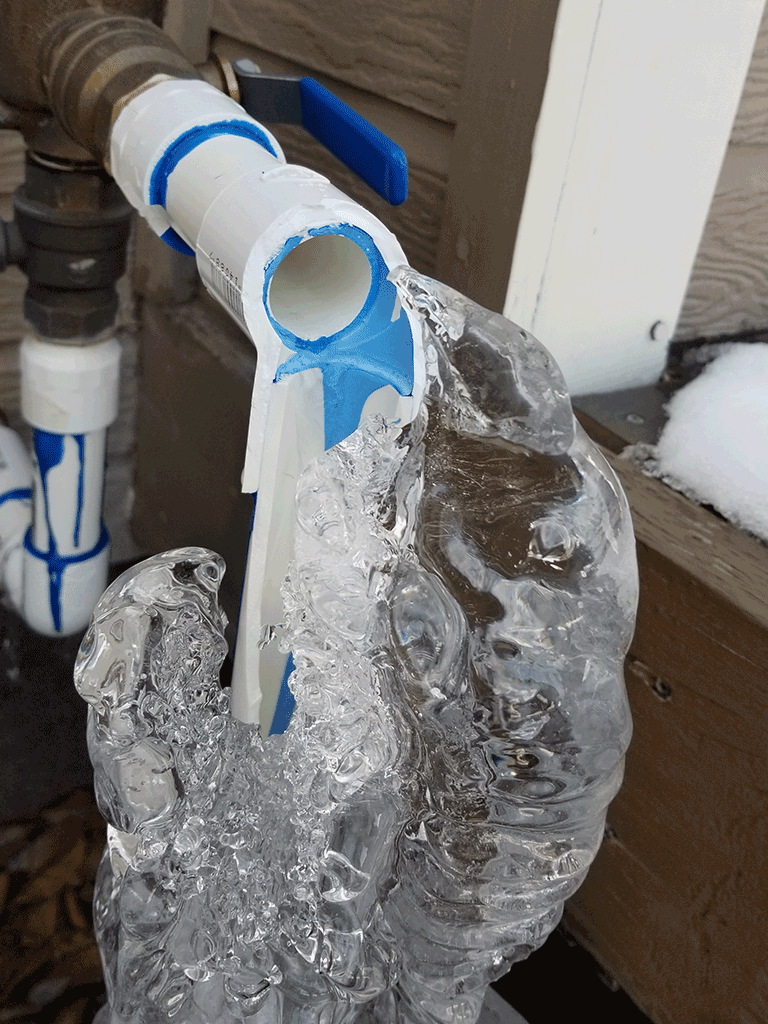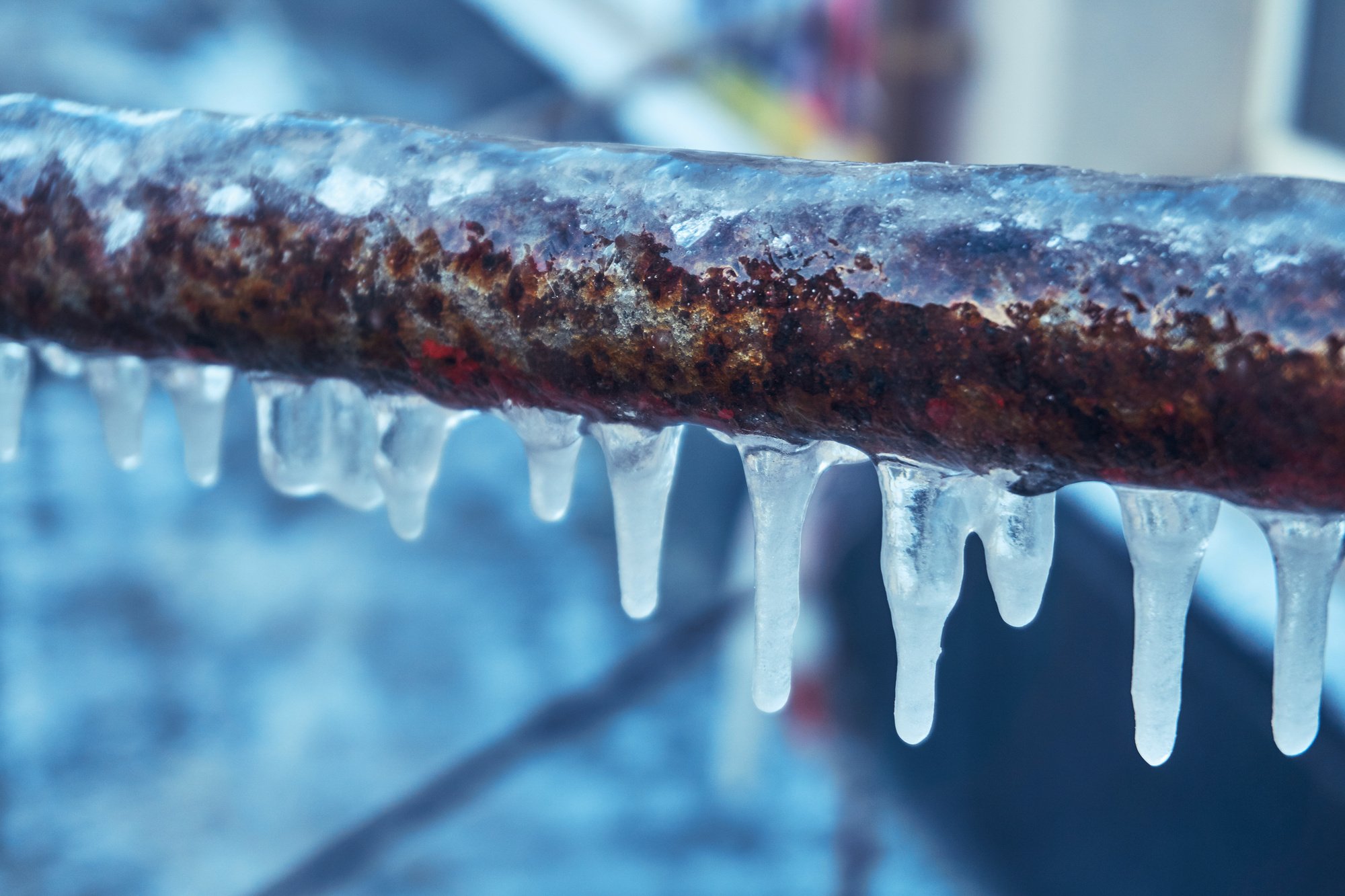Essential Strategies for Preventing Frozen Pipes in Cold Weather
Essential Strategies for Preventing Frozen Pipes in Cold Weather
Blog Article
They are making a number of great pointers on Preventing and dealing with frozen pipes in general in this great article following next.

Cold weather can wreak havoc on your plumbing, especially by freezing pipelines. Below's exactly how to avoid it from happening and what to do if it does.
Introduction
As temperatures decline, the danger of frozen pipelines increases, possibly resulting in pricey repair work and water damages. Comprehending just how to avoid frozen pipelines is essential for house owners in cold climates.
Recognizing Icy Pipes
What triggers pipelines to ice up?
Pipelines freeze when subjected to temperature levels listed below 32 ° F (0 ° C) for extended periods. As water inside the pipelines ices up, it expands, putting pressure on the pipe walls and potentially creating them to break.
Threats and problems
Icy pipelines can result in water system interruptions, residential property damage, and pricey fixings. Burst pipes can flooding homes and cause substantial structural damage.
Indicators of Frozen Water Lines
Determining frozen pipelines early can prevent them from rupturing.
Just how to identify icy pipelines
Search for lowered water circulation from faucets, uncommon odors or sounds from pipes, and noticeable frost on exposed pipelines.
Prevention Tips
Shielding susceptible pipelines
Wrap pipelines in insulation sleeves or use warm tape to shield them from freezing temperature levels. Concentrate on pipes in unheated or external locations of the home.
Heating methods
Maintain indoor spaces adequately warmed, especially locations with plumbing. Open up cabinet doors to enable warm air to distribute around pipes under sinks.
Securing Outdoor Pipes
Yard tubes and outside taps
Disconnect and drain pipes yard hose pipes before winter months. Set up frost-proof faucets or cover outside faucets with protected caps.
What to Do If Your Pipelines Freeze
Immediate actions to take
If you believe icy pipes, keep taps available to alleviate pressure as the ice melts. Utilize a hairdryer or towels taken in hot water to thaw pipelines gradually.
Long-Term Solutions
Architectural changes
Consider rerouting pipelines far from outside wall surfaces or unheated locations. Include added insulation to attic rooms, basements, and crawl spaces.
Updating insulation
Purchase top notch insulation for pipelines, attic rooms, and wall surfaces. Correct insulation helps maintain regular temperature levels and decreases the danger of frozen pipelines.
Verdict
Preventing frozen pipes needs positive procedures and fast responses. By comprehending the reasons, indicators, and safety nets, property owners can secure their plumbing during cold weather.
5 Ways to Prevent Frozen Pipes
Drain Outdoor Faucets and Disconnect Hoses
First, close the shut-off valve that controls the flow of water in the pipe to your outdoor faucet. Then, head outside to disconnect and drain your hose and open the outdoor faucet to allow the water to completely drain out of the line. Turn off the faucet when done. Finally, head back to the shut-off valve and drain the remaining water inside the pipe into a bucket or container. Additionally, if you have a home irrigation system, you should consider hiring an expert to clear the system of water each year.
Insulate Pipes
One of the best and most cost-effective methods for preventing frozen water pipes is to wrap your pipes with insulation. This is especially important for areas in your home that aren’t exposed to heat, such as an attic. We suggest using foam sleeves, which can typically be found at your local hardware store.
Keep Heat Running at 65
Your pipes are located inside your walls, and the temperature there is much colder than the rest of the house. To prevent your pipes from freezing, The Insurance Information Institute suggests that you keep your home heated to at least 65 degrees, even when traveling. You may want to invest in smart devices that can keep an eye on the temperature in your home while you’re away.
Leave Water Dripping
Moving water — even a small trickle — can prevent ice from forming inside your pipes. When freezing temps are imminent, start a drip of water from all faucets that serve exposed pipes. Leaving a few faucets running will also help relieve pressure inside the pipes and help prevent a rupture if the water inside freezes.
Open Cupboard Doors
Warm your kitchen and bathroom pipes by opening cupboards and vanities. You should also leave your interior doors ajar to help warm air circulate evenly throughout your home.

We were shown that article on Winter Plumbing Precautions: Preventing Frozen Pipes from someone on a different blog. Don't hesitate to take the time to distribute this page if you enjoyed reading it. Many thanks for your time invested reading it.
Click Here To Find Out More Report this page